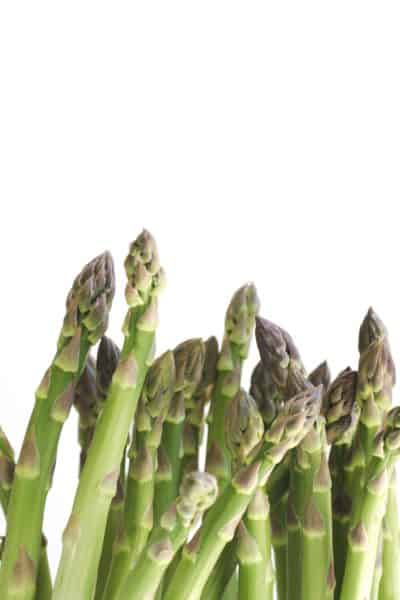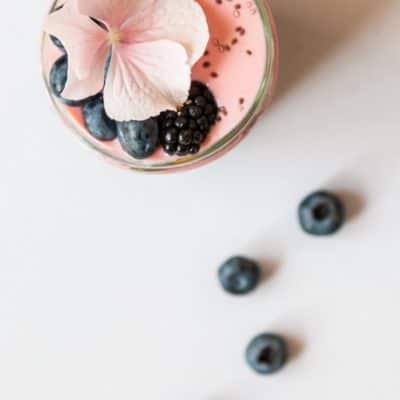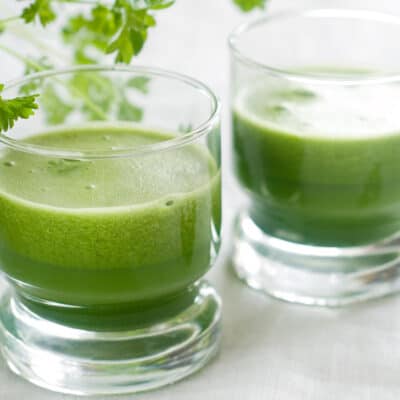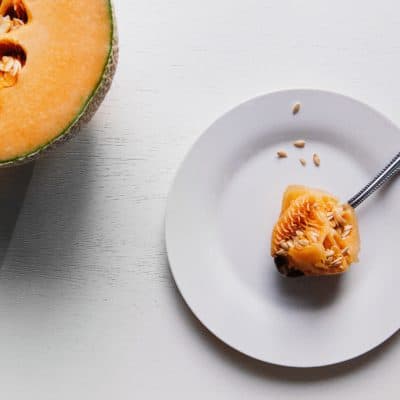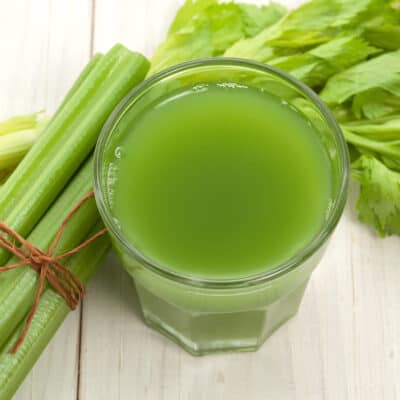With hyper-attention put on cleanliness in these times, I want to empower you with information to keep your home and your loved ones free of toxins that can be damaging to health. It is possible to clean many areas and items in your home without a chemical and still have it be effective. See my favorite suggestions below!
What Toxins Are Hiding In Your Cleaning Products?
Common consensus seems to contend that ever since manufacturing corporations have been required to explicitly list their products’ ingredients, public exposure to toxic chemicals has plunged – after all, what sensible company would want themselves associated with the notoriety that comes, for example, from lead-saturated toys or salmonella-infested spinach? Armed with ingredient information, the notion goes, anyone suffering the medical consequences of proximity to harmful substances really only has their own carelessness or ignorance to blame.
But what if this weren’t the case? What if that brief “ingredients list” decorating the eye-catching packaging of most consumer items didn’t provide the whole picture? And what if that meant families were, on a regularly basis, unwittingly exposed to some of the most hazardous chemicals known to mankind? Chilling as it sounds, the information we are generally privy to rarely, if ever, provides an accurate image of what really constitutes a given product, particularly when it comes to the materials commonly used for household cleaning and maintenance.
To begin with, it’s imperative to point out that in the United States, no legal statute mandates public disclosure of all the chemical ingredients found in consumer products. This means, effectively, that consumers must either take manufacturers on faith – a prospect that certainly doesn’t bode well in a profit-driven, market economy – or dig deeper. To that end, new research aimed at constitutional chemical analysis reveals a truly unsettling world of hidden and hazardous toxicity.
A recent study, led by Anne Steinemann at the University of Washington, examined the actual ingredients found in fragranced household products, such as “air fresheners, laundry supplies, personal care products, and cleaners”. Chemical analysis of six best-selling items within this category – specifically, three laundry-related supplies and three air fresheners – produced startling findings. First, each article tested was found to “contain chemicals not disclosed to the public through product labels or material safety data sheets (MSDSs),” a result disconcerting in its own right. Even worse, however, across the six products tested researchers discovered “nearly 100 volatile organic compounds (VOCs)”, none of which were listed on any product label, and only one of which made an appearance on the MSDSs. And of the VOCs identified, ten were regulated under federal law due openly to toxicity, three of which were further classified as Hazardous Air Pollutants (HAPs) – highly carcinogenic substances known to cause severe health impacts.
Follow-up research conducted by Battelle Memorial Institute, in conjunction with the University of Washington, showed the truly widespread range of this issue. Investigating the VOC emissions of “fragranced” personal care products and cleaning supplies, the study discovered “133 different VOCs emitted from the 25 products, with an average of 17 VOCs per product”. Of these, 24 were plainly listed as hazardous under U.S. federal law, and each of the products tested emitted at least one such compound in non-trace quantities. Once again, none of the dangerous chemicals in question were anywhere to be found on product labels, with only two briefly mentioned in MSDSs. The researchers went on to state that even though “none of the chemicals identified were listed,” their manufacturers were “nonetheless [in] accords with U.S. regulations, which do not require disclosure of all ingredients in a consumer product.”
Granted, in an effort to stay true to the scope of their research, both studies noted that because their analyses were focused exclusively on the products’ constituent compounds – and not on the medical effects of exposure to them – they made “no claims regarding possible risks from product use”. Yet the inference isn’t much of a logical stretch. Indeed, the United States’ own Environmental Protection Agency (EPA) matter-of-factly states the dangerous health impact, including though not limited to serious cancers, of these hidden chemicals, not unlike the Surgeon General’s Warning regarding cigarette smoking. The fact, however, that no companies are required to disclose the presence of these ingredients in consumer products, has led to the widespread use of many household supplies under the false assumption of their safety. Most such items, especially anything bearing an advertised “fragrance”, are dangerously more toxic than consumer consensus seems to assure.
Non-Toxic Alternatives
For a go-to resource guide on product safety, look to the Environmental Working Group, or EWG, a non-profit and non-partisan group that conducts toxicity research on all popular brands, subsequently reporting the worst offenders as well as providing ideas for safer, healthier alternatives.
As a starting off point, though, here are some inexpensive, non-toxic and organic options that are easily accessible (if not already at your disposal), along with their most effective household uses:
- Baking Soda – cleans, deodorizes, softens water, scours.
- Castile Soap – unscented soap in liquid form made from 100 percent plant oils. It will clean just about anything. It cuts through grease. Avoid using soaps which contain petroleum distillates.
- Lemon – one of the strongest food-acids, effective against most household bacteria.
- White Vinegar – cuts grease, removes mildew, odors, some stains and wax build-up.
- Washing Soda – or SAL Soda is sodium carbonate decahydrate, a mineral. Washing soda cuts grease, removes stains, softens water, cleans walls, tiles, sinks and tubs. Use care, as of washing soda can irritate mucous membranes. Do not use on aluminum.
- Cornstarch – can be used to clean windows, polish furniture, shampoo carpets and rugs.
- Pure Essential Oils* – add to any homemade cleaning solution to make it anti-viral, anti-fungal, and anti-bacterial. Even just a few drops to your spray bottle or washing bucket can provide tremendous benefit. Use eucalyptus, lavender, peppermint or lemon to add additional healthy scents and more power to your cleaning. (*Use coupon code amberbodilyhealth for a 10% discount at checkout.)
- Branch Basics cleaning supplies do an amazing job! (I am just not a fan of their handsoap).
As for fragrance, whether to embellish a room or add character to some item of clothing, essential oils can serve as ideal organic substitutes for hazardous, chemical products. Dried herbs and fresh flowers are simple, affordable and natural ways to liven the sensory experience of any household space.
See these blogs for more on natural solutions for your home:
Ignite the Healer within,
Amber Bodily
P.S. Check out my online course The All-Natural Medicine Cabinet: Your Guide To Powerful Remedies For Common Ailments for more ways to bring natural solutions to life’s problems!



